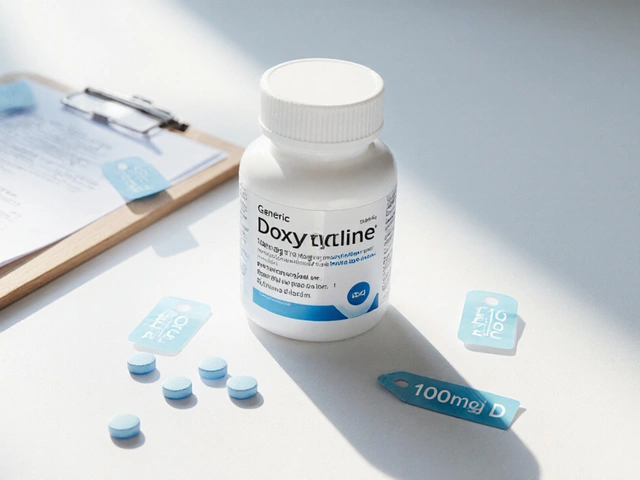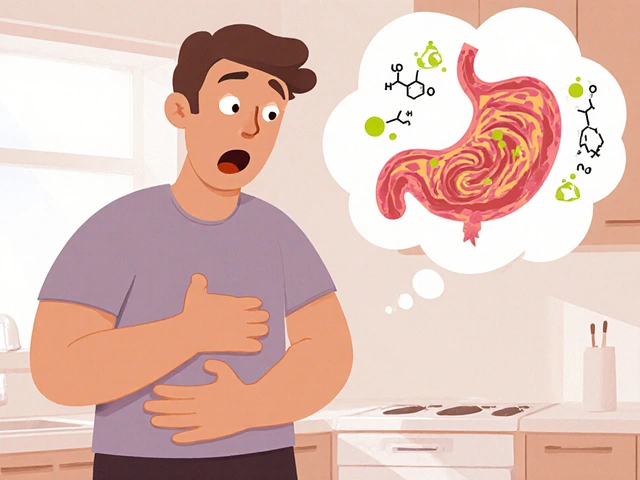Resistant Hypertension: Understanding and Managing Your High Blood Pressure
Have you been taking blood pressure medication but your numbers just won’t budge? This could mean you have resistant hypertension—a condition where your blood pressure remains high despite using at least three different types of medication, including a diuretic. It’s frustrating but knowing the facts can help you take control.
Why Does Resistant Hypertension Happen?
Sometimes, resistant hypertension happens because the usual medications aren’t the right match for your body or lifestyle. Other times, hidden issues like sleep apnea, kidney problems, or hormone imbalances are at play. Even things like high salt intake, stress, or not taking meds as prescribed can make it worse. Doctors often dig deeper to find these hidden causes.
What Can You Do About It?
First off, be honest with your healthcare provider about how you take your meds and your daily habits. They might recommend further tests or add different medication types like aldosterone antagonists or adjust doses. Lifestyle changes also matter — cutting back on salt, getting regular exercise, and managing stress help blood pressure too. Joining a support group or tracking your blood pressure at home can keep you motivated and informed.
If you’re feeling stuck, remember there are new treatments and approaches being researched all the time. Don’t hesitate to ask your doctor about the latest options or even a specialist referral. Managing resistant hypertension can be challenging but with the right plan, it’s possible to get your numbers where they need to be.
Keep in mind, well-managed blood pressure drastically lowers your risk of heart attacks, strokes, and kidney damage. So tackling resistant hypertension head-on is one of the best things you can do for your long-term health.

Olmesartan/Amlodipine: How This Combo Tackles Resistant Hypertension
This article explores how the combination of olmesartan and amlodipine works for people with resistant hypertension—those who can’t get their blood pressure under control with standard treatments. We break down how these two drugs team up, why they’re often more effective together, and what real-life results look like. There’s a straight-up guide on side effects, safety tips, and advice straight from doctors. Whether you’re a patient or a caregiver, you’ll find practical information on getting the most from this combo. We focus on what actually works, not just the theory.
View More




